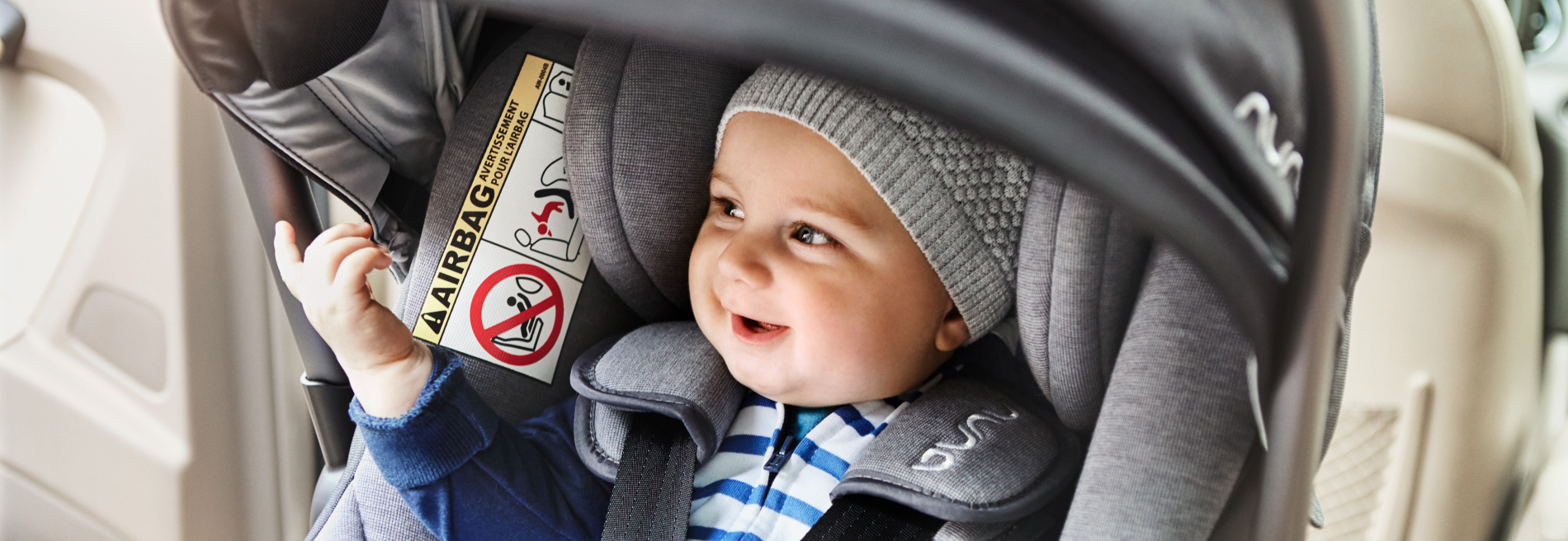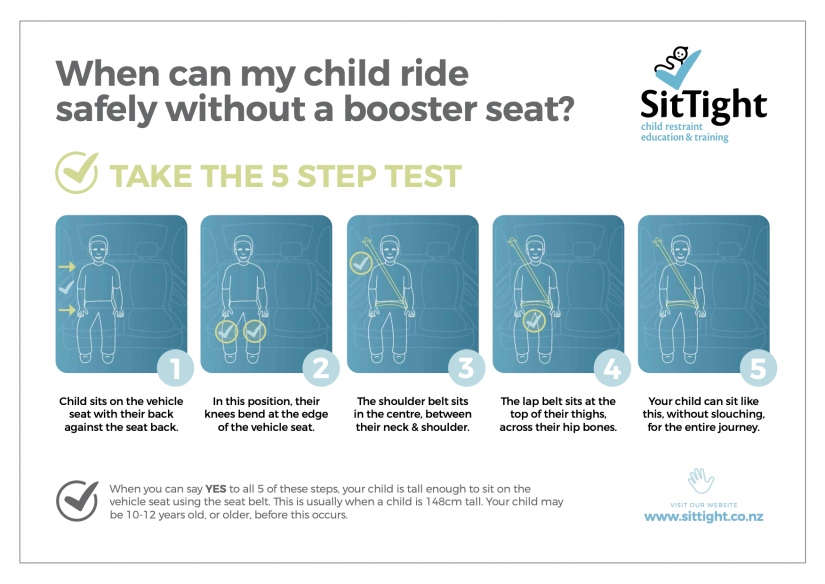Check Car Seats for Summer Road Trips
Don’t forget to have your children’s car seats checked before Christmas to be sure they are safe and secure when you get on the road this summer.
Often you’ll get tyres and brakes checked, maybe even a get WOF before you head away on holiday. It’s a good idea to add your children’s car seats to the list of things to check in your car before you leave.
One of the main jobs a car seat has to do is to reduce the movement of a child in a crash. If the seat itself can move, then the child within the seat experiences this movement too. This is what a car seat is designed to reduce, but it can only do this if it’s secure. Travelling in a securely installed child restraint gives your child much better protection from the risk of injury.
It’s simple to check if a child restraint is secure enough. To test this, hold the child restraint beside its belt path (this is where it is connected to the vehicle) and pull sideways. If it moves more than just 2.5cm then it is too loose and needs to be reinstalled.
There are other things to consider to make sure kids are kept safe during summer road travel:
Make sure a child restraint is set up properly for your child - is the harness in the correct position, is the headrest in the correct place?
Take regular breaks, especially if you’re travelling with young children.
Ensure loose items in the vehicle are kept to a minimum as these can become projectiles in a crash. And, if possible, use a luggage net over items in the back of a station wagon or SUV to restrict their movement.
Getting a child restraint installed securely and set up properly for a child can be tricky, so it can be a good idea to have your local child restraint technician do this for you. They are likely to be busy in the lead up to Christmas so make contact with them asap. You can find your local CRT here.
Car Seat Safety Standards
Child restraints sold and used in New Zealand must be manufactured to certain safety standards to comply with our law. The four safety standards approved for use in New Zealand are:
The Australian standard (AS/NZS 1754)
The European standard (ECE R44 & R129)
The US standard (FMVSS 213) - It is important to be aware that only some restraints manufactured to the US standard are compliant for use here.
The Japanese standard - this standard is only approved for use in New Zealand with in-built child restraints in vehicles.
You’ll find more detailed information on safety standards and whether your seat is approved for use in New Zealand, in this article by SitTight.
Child Restraint Technicians
There’s no doubt car seats can be a challenge! In the early days of parenting, there is enough to keep you up at night without also wondering whether your precious little one’s car seat has been installed safely.
Thankfully this is one part of parenting that you can pass on to a professional!
There are people trained as “child restraint technicians” who are qualified to advise on and install child restraints as a profession. Spread throughout New Zealand, the CRT workforce is made up of individuals and organisations who can offer you support, answer your questions, reassure you with knowledge, and install your child restraint for you if necessary.
There are CRTs with a wealth of knowledge throughout the country on this topic, so why not let them help you out? Make contact with your local child restraint technician to ensure your car seats are installed securely and your children are safe on our roads.
You can find your local CRT here.
Safety in Driveways
One in 5 child pedestrian deaths or injuries occur in the family’s own driveway.
Children are four times more at risk of getting hurt by vehicles in driveways that are not separated from the house by a fence. Other risk factors include shared driveways, driveways that exit onto a less busy road or cul-de-sac, properties with additional parking areas and driveways longer than 12m.
Extreme care should be taken in driveways where children may be playing. Most of the children who are killed or injured are toddlers around 2 years of age. All vehicles have blind zones where small children cannot be seen.
Keep children safe and secure, well away from driveways.
Fence off the driveway from the house or play area — particularly if the driveway is shared.
Always check around the vehicle before getting in.
Know where children are before you start the vehicle.

